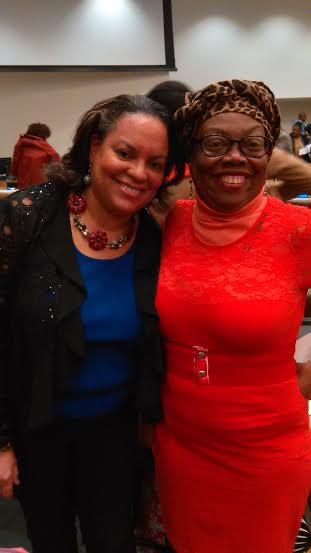Murphy Browne © August 6-2020
THE RED, BLACK AND GREEN FLAG
On August 13, 1920 during a month-long Convention of the Universal Negro Improvement Association and African Communities League (UNIA-ACL) the Pan-African flag was formally adopted. The Pan-African colours of Red, Black and Green were chosen by Marcus Mosiah Garvey Jr, who founded the UNIA-ACL organization in 1914. The Pan-African flag has been used in various Pan-African Movements and the Red, Black and Green colours were chosen by some African countries as the colours for the flags of their independent nations, including Kenya and Malawi. The Red, Black and Green, Pan-African flag is also used during the celebration of Kwanzaa (December 21 – January 1.)
Marcus Mosiah Garvey, Jr. was born in St. Ann's Bay, Jamaica on August 17, 1887. In 1910, he began traveling throughout the Caribbean and Central America. During his travels, he saw that Africans in the Diaspora lived in countries colonized by Europeans and seemed to be at the bottom of the societies in which they lived. Garvey also noted that there was hardly any unity in the African communities as they were subjected to the “divide and conquer” tactics of European colonization. Garvey was determined "to unite all people of African ancestry of the world to one great body to establish a country and absolute government of their own." In 1914, he returned to Jamaica and founded the UNIA-ACL.
Although Garvey founded the UNIA-ACL in Jamaica, the organization flourished and became influential after Garvey immigrated to the USA in 1916. Garvey dedicated his life to inculcating racial pride in Africans, encouraged economic self-sufficiency and the formation of an independent nation on the African continent. During Garvey’s lifetime, Africans in the Diaspora (descendants of enslaved Africans) were living in countries that were colonized by Europeans. Africans living on the African continent at the time (except Ethiopia) were living in countries that were colonized by Europeans. The UNIA-ACL flourished during a time when there was no internet or social media and is today recognized as the most successful organizing of Africans (Diasporic and continental.) The appeal and influence of the UNIA-ACL were felt in the Americas, including the USA and Canada, in the Caribbean and in Africa. In 1920, the UNIA-ACL had 1,100 chapters in 40 countries. By 1926, the membership of the organization had grown to over six million members.
In 1918 Garvey began publishing the “Negro World,” a newspaper, which included articles written by such African American luminaries as Duse Mohamed Ali, Zora Neale Hurston, Arthur Schomburg and Carter Godwin Woodson. The “Negro World” was published weekly in Harlem, New York and distributed to the UNIA-ACL chapters in more than 40 countries. At its peak, the “Negro World” had a circulation of 200,000. Garvey and his message, through the UNIA-ACL, influenced millions. In 1919 Garvey purchased an auditorium in Harlem and named it Liberty Hall. He held nightly meetings in Liberty Hall to audiences of as many as 6,000 people.
Inspired by the thoughts and philosophies of Garvey, the citizens of several African countries were influenced to fight for their freedom from European colonization. Many African leaders from the African continent and in the Diaspora were influenced by the UNIA-ACL, including Nelson Mandela, Jomo Kenyatta, Kwame Nkrumah, Elijah Muhammad, El Hajj Malik El Shabazz and Dr. Martin Luther King Jr.
Garvey encouraged his followers to establish businesses and support those businesses. He set the example by establishing “The Negro Factories Corporation” on January 30, 1920. In May 1920, Garvey reported that the corporation had a steam laundry in Harlem. In June 1920, the Corporation opened the Universal Steam Laundry, with the Universal Tailoring and Dress Making department where UNIA-ACL uniforms and insignia were manufactured and clothing was designed for sale and for UNIA-ACL fashion shows at Liberty Hall. The Corporation also owned three grocery stores in Harlem.
Garvey was targeted by J. Edgar Hoover, from the Federal Bureau of Investigation (FBI), because of his activism and influence in the African American community. Hoover referred to Garvey as a “notorious Negro agitator” and hired the first African American FBI agent in 1919 to spy on Garvey. Hoover hounded Garvey, manufacturing “evidence” that eventually led to the waning of the influential UNIA-ACL and the destruction of Garvey’s plans for an economically self-sufficient African American population. Garvey became the first of Jamaica’s 7 National Heroes in 1969. In 2020, 80 years after he transitioned to the ancestral realm on June 10, 1940, the words of Garvey remain pertinent: “A people without the knowledge of their past history, origin and culture is like a tree without roots.” On August 13, 2020, the Red, Black and Green Pan-African flag will be 100 years old.
Murphy Browne © August 6-2020












No comments:
Post a Comment